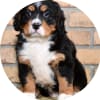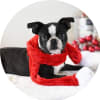Basset Hound Puppies
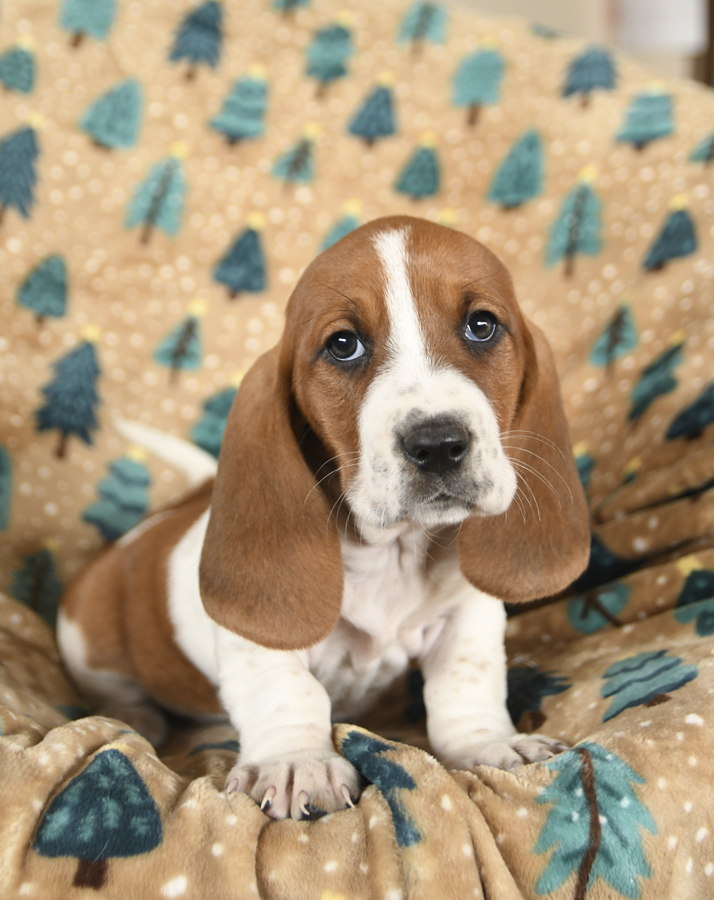
The Charming and Low-Key Basset Hound
The Basset Hound is known to be a charming and low-key breed. Their long, velvety ears, furrowed brow, and mournful eyes are notoriously cute. These dogs were bred for endurance, and they move in a deliberate and effortless manner. They are also known for their extremely powerful noses, with one of the most powerful canine sniffers.
Basset Hound At a Glance
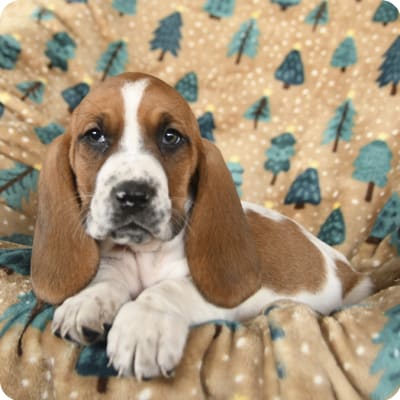
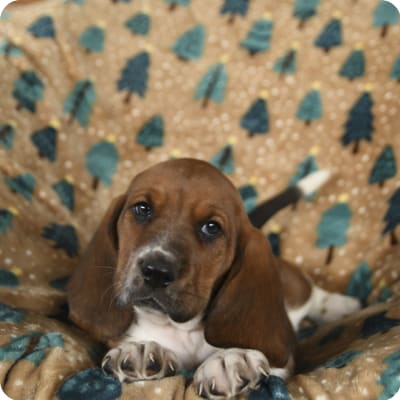
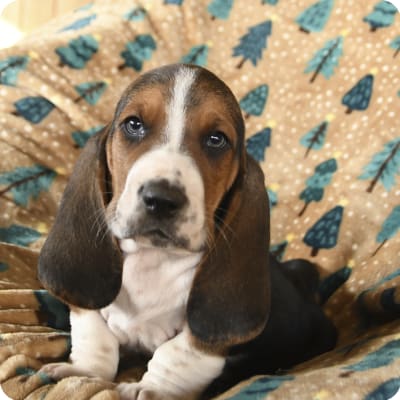
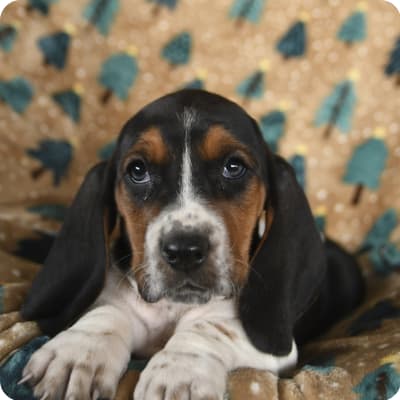
Basset Hound At a Glance
- Size: 13"-15", 40-60 lbs.
- Lifespan: 10-12 years
- Energy Level: low
- Coat: Short and coarse
- Shedding: moderate
- Hypoallergenic: No
- Dog Group: Hound
- Common Nicknames: Hush Puppies
Basset Hound Breed Guide
Learn More About Basset Hounds
